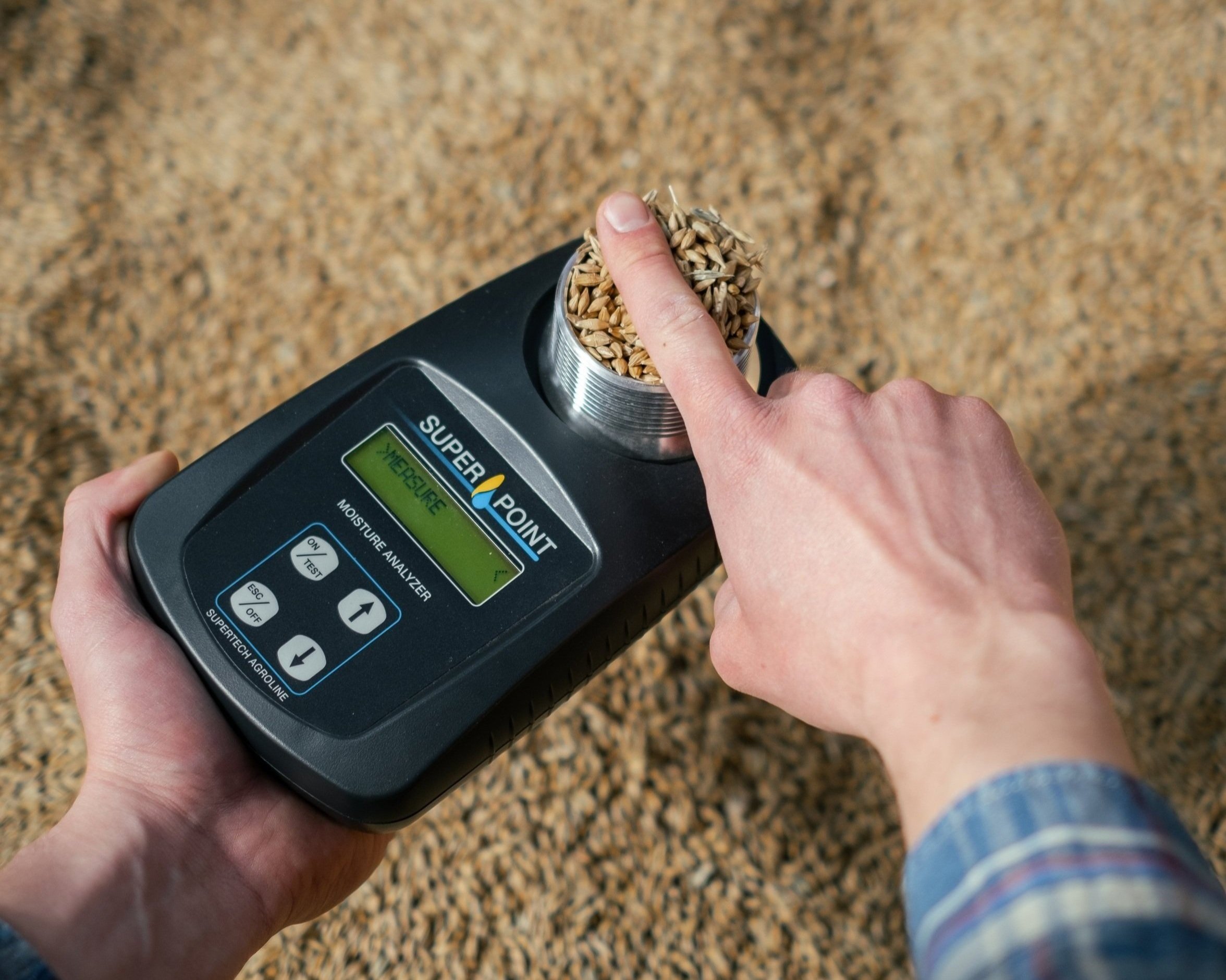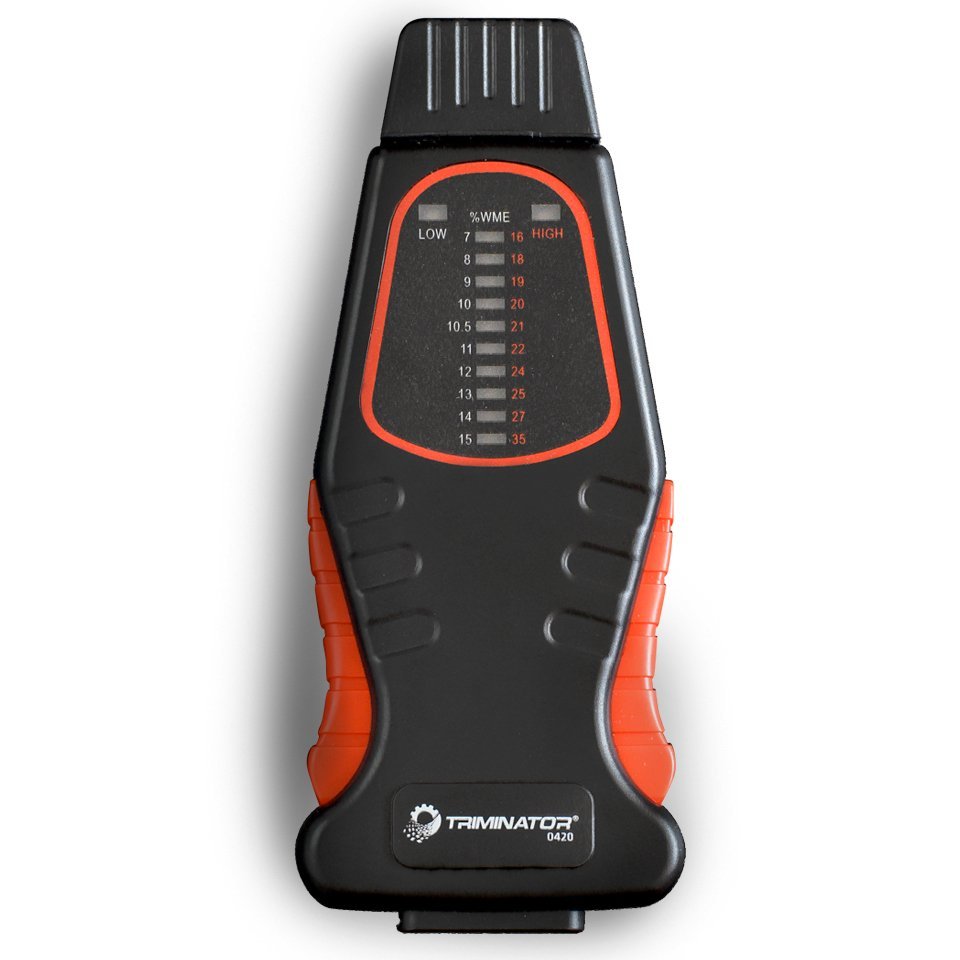Comprehending the Different Sorts Of Moisture Meters and Their Applications
Comprehending the Different Sorts Of Moisture Meters and Their Applications
Blog Article
The Ultimate Guide to Wetness Meters: A Comprehensive Overview and Exactly How They Can Conserve You Money
In the world of structure maintenance, construction, and different industries, the relevance of precisely determining dampness degrees can not be overstated. Dampness meters work as important devices in finding and keeping an eye on moisture content in products, assisting in protecting against costly damages and ensuring the top quality of items. Understanding the subtleties of various kinds of dampness meters, their applications, and the possible cost-saving advantages they provide can be a game-changer for companies and specialists alike. Finding how these tools can not just enhance processes yet likewise add to financial savings is a trip worth beginning on.
Kinds Of Moisture Meters
One usual type is the pin-type dampness meter, which gauges the electric resistance in between two pins put right into a product. Pinless moisture meters, on the other hand, use electromagnetic sensing unit plates to scan a bigger area without causing damages to the product's surface.

Additionally, there are also specialized dampness meters created for details materials like grain, hay, or dirt. These meters offer accurate wetness readings tailored to the distinct homes of the product being examined. Infrared wetness meters measure the thermal buildings of a material to establish its wetness material non-invasively, making them valuable for applications where pin or pinless meters might not be ideal. Understanding the different sorts of wetness meters available can help industries choose one of the most ideal device for their particular dampness dimension demands.

Advantages of Using Moisture Meters
Moisture meters supply very useful advantages in accurately assessing and keeping track of moisture levels in diverse products and atmospheres. One of the primary benefits of utilizing moisture meters is the prevention of prospective damages caused by excess wetness.
Additionally, making use of moisture meters can cause enhanced power performance. By identifying areas with high wetness degrees, such as leakages or inadequate insulation, changes can be made to boost energy preservation and minimize energy prices. In agricultural setups, dampness meters play an essential role in maximizing crop yields by enabling farmers to keep track of dirt dampness levels and make informed watering choices. On the whole, the benefits of making use of dampness meters span across various sectors, giving affordable options and advertising better quality assurance practices.
How to Pick the Right Wetness Meter
When choosing a wetness meter, it's crucial to ensure that the meter is appropriate for the specific material you will be testing. Different materials have differing electrical residential or commercial properties that can affect dampness analyses, so selecting a meter created for your check my blog product is vital for accurate outcomes. By thoroughly assessing these aspects, you can choose a dampness meter that satisfies your needs and provides exact moisture dimensions for your tasks.
Appropriate Techniques for Dampness Meter Usage

Expense Savings Via Moisture Meter Applications
How can the calculated use of dampness meters result in substantial price savings throughout various markets? Dampness meters play a vital duty in cost financial savings by avoiding prospective damage site here and making certain top quality control in different fields. In the agriculture industry, wetness meters help in determining the optimal time for collecting plants, preventing excess or over-drying dampness that can influence the final item's quality. This precise monitoring assists farmers prevent unneeded losses and maximize their return.
In a similar way, in construction, wetness meters help avoid costly problems by spotting dampness degrees in building products, such as wood or concrete, which can cause architectural concerns otherwise addressed without delay. By recognizing trouble locations early, service providers can take rehabilitative steps to avoid comprehensive repairs or replacements, inevitably conserving money and time.
Moreover, in the food handling industry, wetness meters are essential for keeping an eye on product top quality and guaranteeing compliance with security laws. By precisely gauging wetness material in foodstuff, makers can protect against wasting, preserve quality, and reduce waste, resulting in significant expense financial savings. Generally, the critical application of moisture meters is a useful investment that can result in considerable cost decreases and enhanced effectiveness across numerous sectors.
Final Thought
In final thought, wetness meters are beneficial tools for measuring and discovering moisture levels in various products. By making use of the appropriate wetness meter and adhering to correct methods, users can successfully prevent costly damages triggered by excess dampness.
Dampness meters serve as crucial devices go now in discovering and checking moisture content in products, assisting in preventing pricey damages and making certain the high quality of products. Infrared wetness meters determine the thermal homes of a material to determine its moisture material non-invasively, making them useful for applications where pin or pinless meters may not be appropriate.Wetness meters provide invaluable benefits in properly analyzing and checking moisture degrees in varied materials and settings. In agricultural setups, moisture meters play an essential role in optimizing crop returns by allowing farmers to check dirt moisture levels and make educated watering choices.In conclusion, dampness meters are valuable devices for determining and identifying wetness levels in different materials.
Report this page